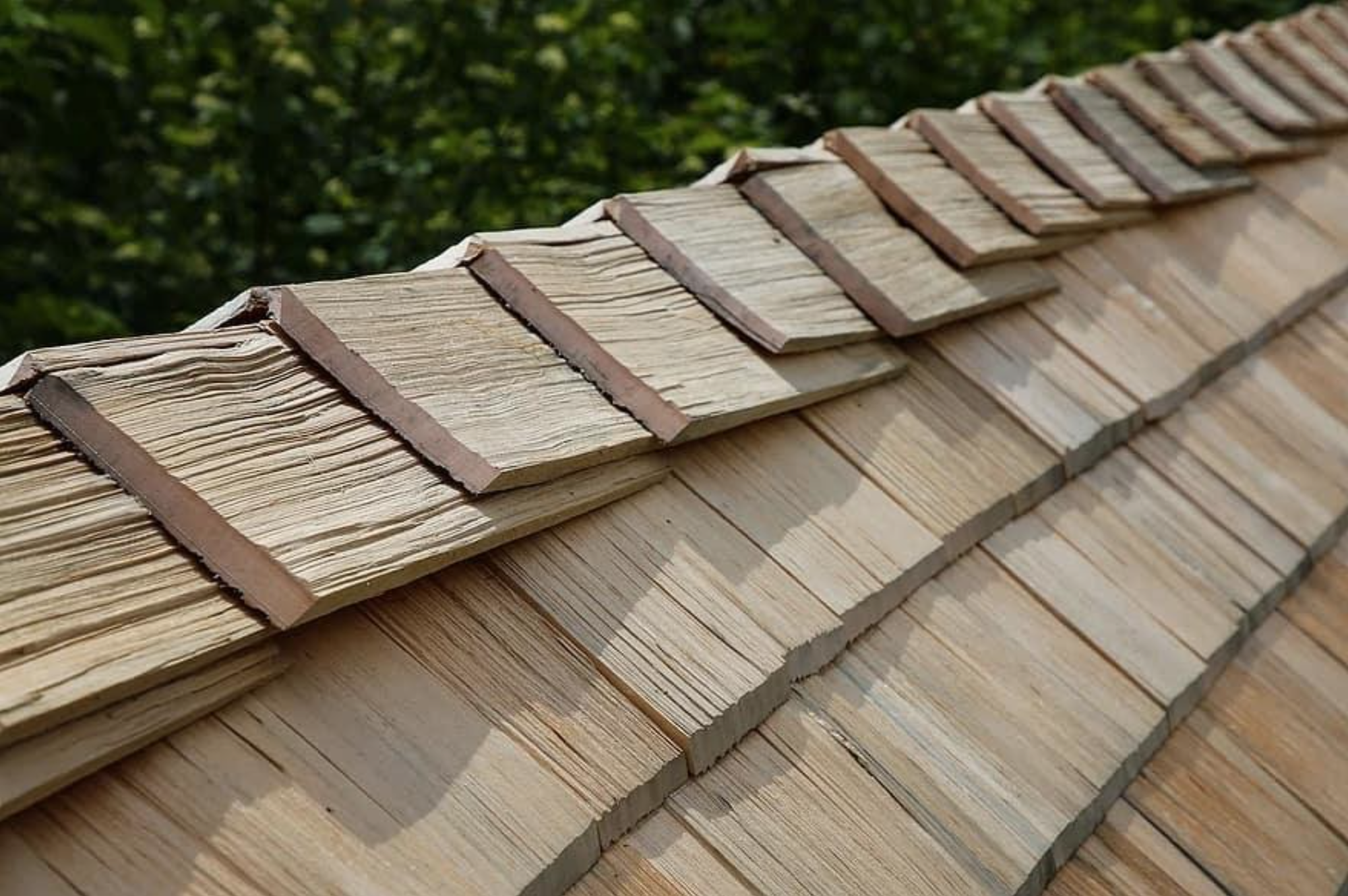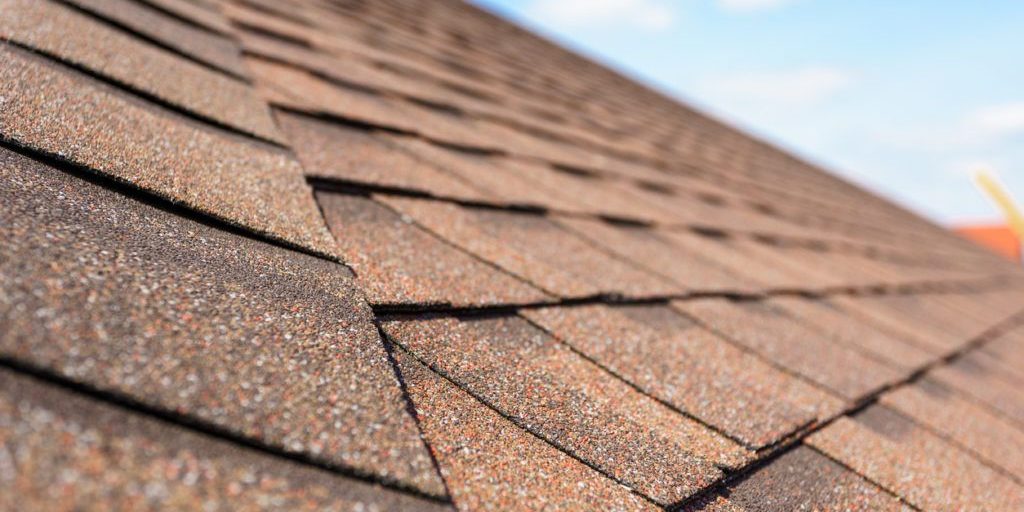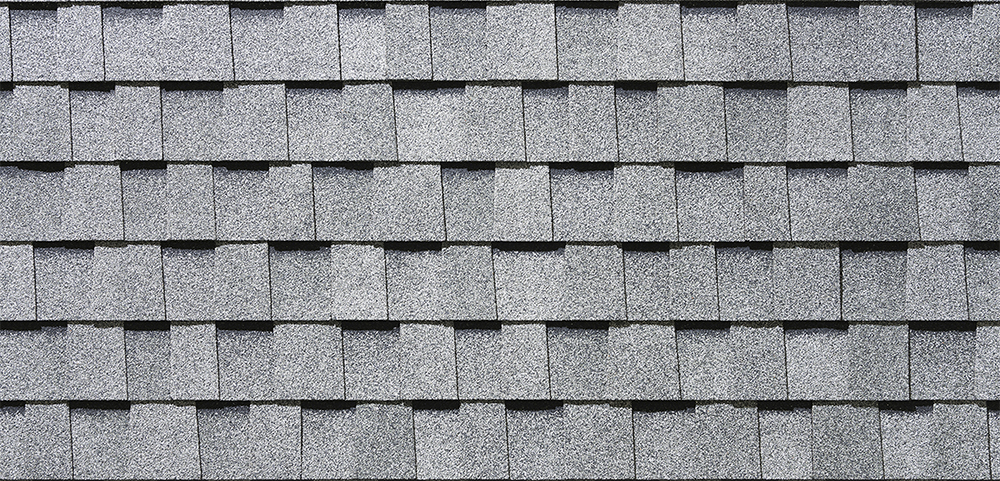
How long does a roof last? This is an important question for many homeowners to ask themselves, and one that we will answer in this post. We’ll cover how the lifespan of your roof can vary depending on how well you maintain it, how old it is, how much exposure it has had to sun and wind damage, what type of shingles are used (metal or asphalt), etc.
The lifespan of your roof can vary depending on the type of roofing materials used, and these material costs can also be quite different. For example, asphalt shingles will cost around $70 per square foot, while metal roofs could run as much as $1500 per square foot or more!
Asphalt shingles typically last between 15-20 years in warmer climates (less so in areas where it snows), whereas a tile roof may have an even longer lifespan of 50+ years. The most common types are ‘three tabs’ asphalt shingles designed to look like wood shakes and a non-wood shake such as those with laminate surfaces—and both usually last about 20 years before needing replacement.
Interestingly, some roofs have lasted well beyond their lifespan thanks to a lack of exposure to the elements. For example, an asphalt roof with no direct sun or wind damage can last more than 20 years! The type of shingle used also determines how long it will last—cheaper ones made from asphalt may only hold up for 15-20 years. In contrast, more expensive types such as laminate and metal are explicitly designed to provide increased durability and weather resistance over time (the latter being especially true in coastal areas where strong winds often occur). If your home is located on a cliff that doesn’t face harsh winter conditions, then you may find yourself needing new shingles every 30+ years – but if your roof gets hit directly by high winds, you may need to replace them every few years or so.

Asphalt shingles last 15 to 30 years
Asphalt shingles are installed on more than 80% of new homes because they’re affordable and include warranties. The shingles are made up of a variety of ingredients, including organic materials and cement fibers. They provide UV protection from rain, wind, and the sun’s rays for 15 to 30 years. The black asphalt layer in the shingles becomes sticky and forms a watertight seal.
Asphalt shingles may endure for 15 to 30 years because they are low-cost (averaging $70 to $150 per square) and come with warranties of up to 25 years. Their underside features an oily black asphalt layer that gets sticky in hot weather and makes it airtight and waterproof.
Architectural shingles are a more expensive form of asphalt shingles that endure for 25 to 30 years
Architectural shingles are more expensive than asphalt shingles but cost roughly the same as tile roofs. They are available in various styles and colors that mimic wood shakes or slate tiles, providing homeowners with an architectural option at a low price point. These roofing systems have warranties lasting up to 30 years because they include components that prevent water infiltration during installation (such as flashing) and ensure durability throughout their service life.
Architectural shingles last 25 to 30 years on average because they’re high-quality building materials designed for both aesthetics and longevity. Although slightly pricier than standard asphalt shingle ($250-$400 per square), these long-lasting products can be customized into different looks like tile or wood shake, giving you options while keeping your budget in check. The roofing systems are backed by warranties of up to 30 years because they have high-quality features that prevent water infiltration during installation and ensure longevity (such as flashing).
Wood shingles last up to 30 years, but they need to be maintained every year.
Wood shingle roofs have a natural beauty that can enhance the look and feel of your home. They’re often used on Tudor or cottage-style homes, but you may choose to install them on any house if they suit your design aesthetic. Wood shingles weather over time to a soft silvery gray color but should be inspected annually for warped or split shingles, which you should promptly replace. You can expect to pay $250 to $600 per square for a wood shingle roof.
Wood-shingle roofs last at least 20 years on average because they’re made of natural materials that resist rot and insects while aging beautifully over time. They need to be inspected and repaired every year, but their natural resistance makes them an excellent long-term investment. The roofing systems are backed by warranties of up to 30 years. They typically include features that help prevent water infiltration during installation (such as flashing) and ensure durability throughout service life.

Clay tile roofs may endure for 50 years or more
Clay tiles are constructed from traditional materials utilized in ancient civilizations to build houses, and they’re still manufactured today. The tiles are fired at extremely high temperatures (upward of 1800 degrees Fahrenheit), making them durable enough to withstand harsh weather conditions like rain and snow. You can expect to pay $600 or more per square ($50-$100 per tile) to have clay roofing installed on your new home, but you won’t need a replacement any time soon: manufacturers offer warranties anywhere from 30 years to a lifetime.
Metal roofs are aesthetically pleasing and durable, lasting up to 70 years
Metal roofing is aesthetically pleasing and highly durable, lasting for 70 years or more. The systems are available in a wide range of colors that blend well with your home’s design aesthetic while adding value to the overall appearance. Metal roofing is maintenance-free (excluding snow removal), which saves homeowners money on annual upkeep costs. Depending on the material, you can expect to pay anywhere from $300-$900 per square ($25-$50 per tile). Still, you won’t need a replacement any time soon: manufacturers offer warranties ranging from 30 years up to lifetime protection against leaks and defects.
Metal roofs last at least 60 years because they’re made using quality building materials designed for both aesthetics and longevity. They require no regular maintenance aside from removing snowfall, which makes them a wise long-term investment. The roofing systems are backed by warranties of up to 30 years. They have high-quality features that prevent water infiltration during installation and ensure durability throughout service life (such as flashing).
Slate roofs are extremely long-lasting, and some of them might endure a century or more
Slate roofs are long-lasting – some of them might endure a century or more. The natural metamorphic stone is cut into uniform roofing tiles. It resists water infiltration, making it perfect for use with steep slope roofs typical on homes in cold climates where snowfall is heavy. You can expect to pay $600-$1500 per square ($50-$100 per tile) depending on the thickness required by your building plans. Still, you won’t need a replacement any time soon: manufacturers offer warranties ranging from 50 years up to lifetime protection against leaks and defects.
Slate tiles resist weather damage better than other types of roofing materials because they have high compressive strength and low porosity (meaning rainwater isn’t easily able to penetrate the roof). They also have exceptional durability and can last from 50-100+ years. The tile roofs are backed by warranties of up to 40 years because they include features that prevent water infiltration during installation (such as flashing) and ensure the systems’ ability to stand firm for many seasons without requiring a replacement.
Conclusion paragraph: We hope this blog has helped answer some of your questions about a roof’s lifespan and how to care for it. If you have any additional thoughts or questions, please reach out to Semper Fi Exteriors for more information! Our team would be happy to speak with you in person or over the phone. And if you’re interested in scheduling an appointment now, we can set up a free inspection right away so that we can determine whether hail damage is present and what repairs are needed. It’s always better to act sooner rather than later–we’ve seen too many cases where homeowners waited until their roofs were severely damaged before finally seeking help from us!



